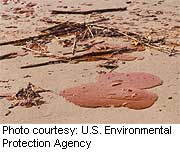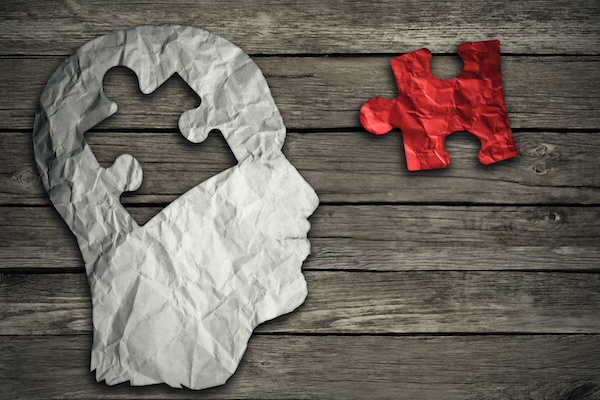
WEDNESDAY, June 23 (HealthDay News) — This Tuesday and Wednesday, a high-ranking group of expert government advisors is meeting to outline and anticipate potential health risks from the Gulf oil spill — and find ways to minimize them.
The workshop, convened by the Institute of Medicine (IOM) at the request of the U.S. Department of Health and Human Services, will not issue any formal recommendations, but is intended to spur debate on the ongoing spill.
“We know that there are several contaminations. We know that there are several groups of people — workers, volunteers, people living in the area,” said Dr. Maureen Lichtveld, a panel member and professor and chair of the department of environmental health sciences at Tulane University School of Public Health and Tropical Medicine in New Orleans. “We’re going to discuss what the opportunities are for exposure and what the potential short- and long-term health effects are. That’s the essence of the workshop, to look at what we know and what are the gaps in science,” Lichtveld explained.
“The important point is that we are convening, that we are convening so quickly and that we’re convening locally,” she added.
The meeting, being held on Day 64 and Day 65 of the still-unfolding disaster, is taking place in New Orleans and will also include community members.
High on the agenda: discussions of who is most at risk from the oil spill, which started when BP’s Deepwater Horizon rig exploded and sank in the Gulf of Mexico on April 20, killing 11 workers. The spill has already greatly outdistanced the 1989 Exxon Valdez spill in magnitude.
“Volunteers will be at the highest risk,” one panel member, Paul Lioy of the University of Medicine & Dentistry of New Jersey and Rutgers University, stated at the conference. He was referring largely to the 17,000 U.S. National Guard members who are being deployed to help with the clean-up effort.
Many lack extensive training in the types of hazards — chemical and otherwise — that they’ll be facing, he said. That might even include the poisonous snakes that inhabit coastal swamps, Lioy noted.
Many National Guard members are “not professionally trained. They may be lawyers, accountants, your next-door neighbor,” he pointed out.
Seamen and rescue workers, residents living in close proximity to the disaster, people eating fish and seafood, tourists and beach-goers will also face some risk going forward, Dr. Nalini Sathiakumar, an occupational epidemiologist and pediatrician at the University of Alabama at Birmingham, added during the conference.
Many of the ailments, including nausea, headache and dizziness, are already evident, especially in clean-up workers, some of whom have had to be hospitalized.
“Petroleum has inherent hazards and I would say the people at greatest risk are the ones actively working in the region right now,” added Dr. Jeff Kalina, associate medical director of the emergency department at The Methodist Hospital in Houston. “If petroleum gets into the lungs it can cause quite a bit of damage to the lungs [including] pneumonitis, or inflammation of the lungs.”
“There are concerns for workers near the source. They do have protective equipment on but do they need respirators?” added Robert Emery, vice president for safety, health, environment and risk management at the University of Texas Health Science Center at Houston.
Physical contact with volatile organic compounds (VOCs) and with solvents can cause skin problems as well as eye irritation, said Sathiakumar, who noted that VOCs can also cause neurological symptoms such as confusion and weakness of the extremities.
The experts added ergonomic hazards, high noise levels, heat stress and everyday physical injuries to the list.
Going forward, many other risks will fall into the category of “unknown.”
“Some of the risks are quite apparent and some we don’t know about yet,” said Kalina. “We don’t know what’s going to happen six months or a year from now.”
To illustrate, he hearkened back to another national disaster. “None of us imagined as we watched folks go to Manhattan to clean up after 9/11 that they would be coming down with diseases due to the dust and particles that were in the air,” Kalina said.
More information
There’s more on the Gulf of Mexico oil spill at the U.S. Centers for Disease Control and Prevention.

